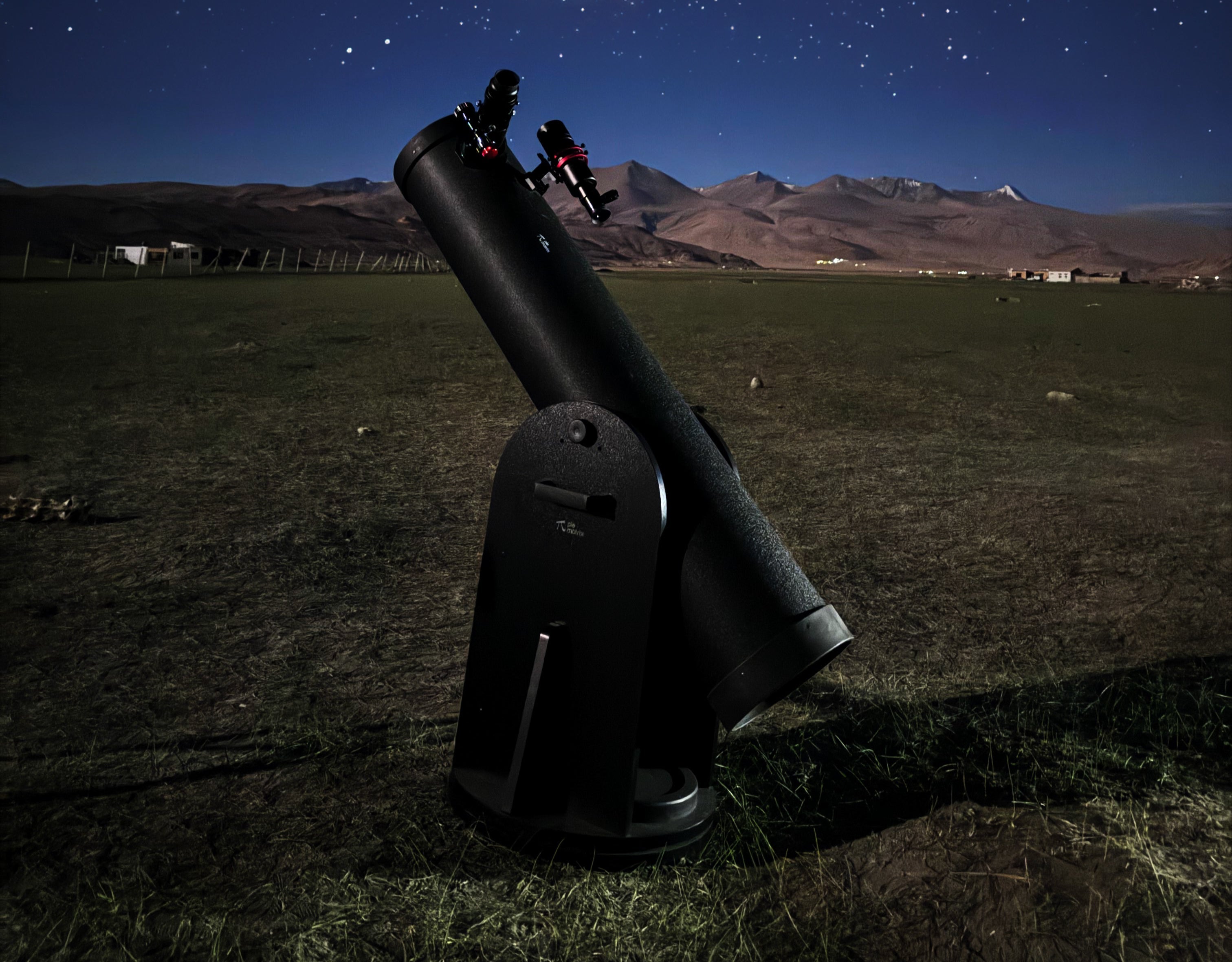People have always been curious to find what lies beyond the clouds. For years, stargazers and astronomers have spent hours witnessing celestial wonders, from the craters of the Moon to the rings of Saturn, all with the help of the right telescope.
Nowadays, it has become very confusing to select the right planet-viewing telescope, especially for amateur astronomers. Thus, to help you out, we have bundled all the important features every best telescope to see planets must possess. So, you can go for your telescopic hunt with a checklist in hand.
Specifications of the Best Telescope for Viewing Planets
In the following low-down, we have honed down 5 essential features that make a telescope stand out:
Aperture: Quantity of Light Your Telescope Captures
The aperture is the size of the main lens or mirror of your telescope. A larger aperture lets in more light from distant objects, allowing you to see them more clearly. Most entry-level telescopes have apertures between 70mm and 100mm, while our eyes have an aperture of about 7mm.
Focal Length: The View Through Your Telescope
Focal length is the distance that light travels inside the telescope, from the aperture to the focuser. Using a longer focal length provides a more zoomed-in view, making it perfect for observing planets and the moon.
On the other hand, a shorter focal length provides a wider view, which is best for seeing galaxies. While generally the focal length range is about 600mm, advanced telescopes can go up to 2000mm.
Focal Ratio: Speed and Brightness
The focal ratio, or f-number, is found by dividing the focal length by the aperture. It tells you how much light each pixel captures, affecting image brightness. A faster focal ratio (like f/3) allows quicker light capture, while a slower one (like f/9) needs longer exposure.
For seeing the moon and planets, use a focal ratio of f/10 or higher. For galaxies, an f/7 or a lower focal ratio would be perfect.
Magnification: Getting Things Closure
Magnification refers to the extent to which a telescope can enlarge an image. To calculate it, simply divide the telescope's focal length by the focal length of the eyepiece. For instance, if your telescope has a focal length of 1200mm and you're using a 30mm eyepiece, the magnification would be 40x.
The maximum useful magnification is about 50 times the aperture in inches or 2 times in millimeters. Higher magnification can lead to blurry images if the telescope fails to gather enough light.
Resolution: To See Things Clearly
Resolution measures the detail you can see in an image. This matters when distinguishing close stars or examining the moon. We measure resolution in arcseconds.
To calculate it, you can use the Rayleigh criterion or the Dawes limit. A larger aperture usually means a sharper image.
Final Words
Choosing the right planet-viewing telescope is a mix of understanding your needs and knowing what features matter most. By keeping these above-mentioned specifications in mind, you will be able to find the best telescope to see planets.


Share:
Astronomical events in April 2025
Astronomical Events in May 2025